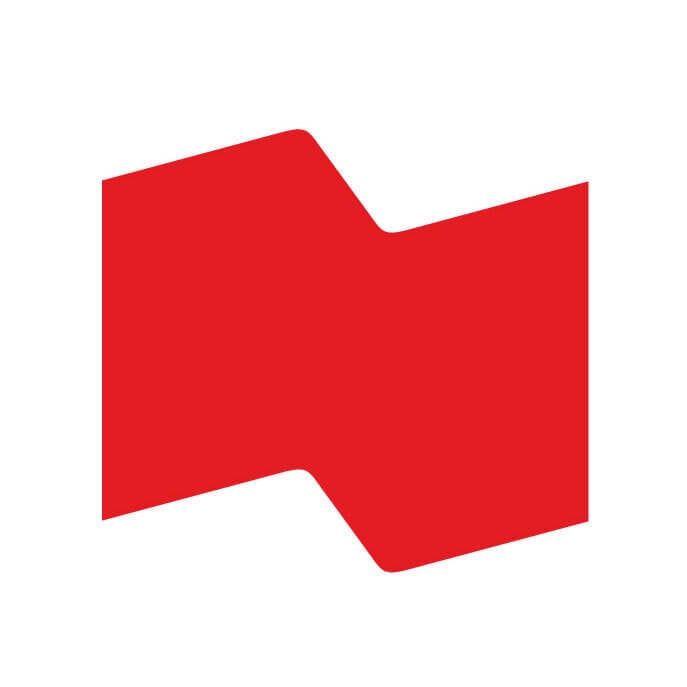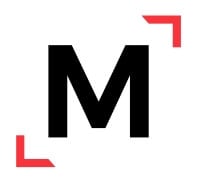We started off the year with Mint shuttering its doors. Some of you may still be mourning, and that’s OK. The upside is that you have an opportunity to find other apps that can help you manage your finances easily.
Choosing a financial app is a personal choice. So, where does one begin? We’ll take a deep dive into what financial apps are, what features to look for, and whether they’re safe to use. Then, we’ll get to the part you’ve all been waiting for—the noteworthy financial apps that should be on your list of downloads.
What is a financial app?
A financial app or fintech app can help you manage your finances on a mobile device or computer. They may offer customized products and services, including product comparison and budgeting tools, or provide a centralized view of all your finances.
There are many benefits to using a financial app, including convenience. For instance, some apps allow you to make purchases using a smartwatch or smartphone. Others give you access to products and services at discounted rates. With their numerous advantages, it’s easy to see why Canadians enjoy using fintech apps.
What features should you look for in a financial app?
Depending on the type of financial app you choose, there are certain features you should look for. Here are some common ones to consider:
Availability: Certain apps—especially when they first launch—are only available on select platforms. Check if the app you want is compatible with your device’s operating system, such as Apple iOS or Android for mobile, and Windows or MacOS for desktop. Freemium models: Typically, you can get a free version of the service that comes with basic features, sometimes on a trial period. Often, you can upgrade to a paid subscription that gives you access to more features. User-friendliness: Apps should be intuitive to navigate and provide a positive user experience. For example, a financial app should have easy-to-read reports and make it easy to find what you’re looking for. Customer support: Occasionally, you may need to talk to a person to troubleshoot an issue. Check if customer service is available through online chat, via email or by phone. Account integration: For apps that require information from your financial institutions (such as your bank account balance), verify whether the apps source the data automatically or if you have to manually enter it. Customization: If you have a complex financial situation, you may want an app with the ability to add custom categories to keep track of your finances.Are finance apps safe?
In 2023, Canadians lost a record amount of money to fraudsters: $554 million, according to the Canadian Anti-Fraud Centre. With financial scams on the rise, it’s wise to be cautious when choosing a financial app. Scam apps do exist. SpyLoan apps, for example, target people who want easy access to loans by masquerading as legitimate providers of personal loans—and then steal their information. Fortunately, banks and top-tier apps have high-level encryption and data protections in place to protect users’ information. Just make sure you’re downloading the real app and not a copycat. For example, never download an app through a link in a phishing email or text message.
How can you protect yourself from fraudulent activity?
As a user, it’s a best practice to create a strong password, turn on two-factor authentication (2FA), and avoid sharing your login credentials with others. In addition, take the time to read your financial institutions’ privacy and security policies. For example, giving your banking or credit card information to a fintech app may violate the terms of your account or online banking agreement. This may result in your financial institution holding you accountable if there are any unauthorized transactions.
Data breaches have become more common in recent years. So, be sure to regularly monitor your transactions and report suspicious activity within your account to your financial institution. Don’t forget to notify Canada’s credit bureaus, Equifax and TransUnion, so they can put an alert on your credit report.

Earn between 2.5% and 4% interest on your savings. Plus, use the pre-paid card for everyday purchases and free ATM withdrawls.

$0 commission on all transactions. No minimum deposit needed.

Interest rate: 5.40%
MoneySense is an award-winning magazine, helping Canadians navigate money matters since 1999. Our editorial team of trained journalists works closely with leading personal finance experts in Canada. To help you find the best financial products, we compare the offerings from over 12 major institutions, including banks, credit unions and card issuers. Learn more about our advertising and trusted partners.
The best financial apps for Canadians
Fintech apps cater to a variety of needs, whether it’s budgeting, saving, investing or running a side gig. To make things easier, we’ve selected apps across five categories. Here are the most notable ones to watch for this year.
Best overall financial app: MoolahMate
Montreal-based MoolahMate is an up-and-coming app—and a viable alternative to Mint. It’s a user-friendly money tracker and budget planner that can help Canadians track their finances. Currently, you can receive a 30-day free trial. After the trial period ends, you can sign up for an annual membership (USD$50) or a monthly membership (USD$5).
Once you have connected your financial institutions to your account, it takes up to 24 hours to automatically download all your transactions so you can view them in the app. This allows you to easily see where your money is coming from and going to. MoolahMate also allows you to create customized reports, add to-do lists and set reminders for key dates, such as when your property taxes are due. Plus, it has articles to help you increase your financial knowledge, and forums where you can ask questions or discuss different financial topics with the community.
Best budgeting app: YNAB
YNAB has been around for two decades. It’s a time-tested and reliable app for those who prefer a hands-on approach and greater customization. With YNAB’s zero-based budgeting method, you can allocate a purpose (such as debt, bills and savings) to every dollar in your account, helping you align your spending with your priorities. You can create a spending plan that allows some wiggle room for unexpected expenses, while saving towards your long-term goals.
YNAB offers a 34-day free trial. After that, a subscription costs USD$14.99 per month or USD$99 per year (which works out to USD$8.25 per month). The app is already worth the cost for individuals, but you can also share a subscription with up to five people, making it even more valuable for families.
Best debt management app: Debt Payoff Planner
For those who are carrying multiple debts and are unsure of how to organize them all, the Debt Payoff Planner is a great free tool for creating a step-by-step plan to become debt-free. The app allows you to compare the snowball versus avalanche approaches to debt repayment, and to see how making extra payments could help you pay off debt faster. What’s more, Debt Payoff Planner celebrates your small victories as you track your progress, which is a fun way to stay motivated along your debt repayment journey.
Best stock market investing app: Blossom
Blossom has been making waves in the investment industry, and it was one of the top 50 financial apps of 2023 in the Apple App Store. It’s an intuitive and user-friendly social platform that boasts a community of 100,000 DIY investors. Each member can choose to publicly display their investment portfolio, so other members can see their holdings, asset allocation and portfolio performance. The platform also offers educational videos, portfolio analysis and dividend-tracking tools. What’s really cool is that Blossom has also teamed up with high-profile personal finance content creators, so you can get insights into what they’re investing in.
Best payment app for entrepreneurs: Wise
Some small-business owners have employees based in other countries or global clients that pay in different currencies. These entrepreneurs usually encounter high transaction fees through PayPal or their financial institution. But Wise offers a business account that has no hidden charges or monthly fees. Registering the account costs $42, and then you simply pay for the services you use, whether that’s sending or converting money (for as low as 0.42% of the transaction amount) or receiving SWIFT payments in Canadian dollars (for a $10 flat fee). You can accept payments in the real-time exchange rate of more than 80 countries. You can also make international purchases online or in-store using a debit card that has multiple currencies, without paying foreign transaction fees.
Achieving your financial goals for 2024 and beyond
Before committing to a new app, take it for a test drive to see if it fits your lifestyle and helps you progress toward your financial goals. If it doesn’t suit you, try a different app. There’s a constant stream of new apps entering the market, so check your app store regularly for new tools that can help you better manage your finances.
Read more about budgeting:
MoneySense’s free Excel template for your monthly budget How to afford a fun life The best chequing accounts in Canada How Canadians can save money on gas, grocery, cellphone and other home billsThe post The best financial apps for Canadians in 2024 appeared first on MoneySense.











 Bengali (Bangladesh) ·
Bengali (Bangladesh) ·  English (United States) ·
English (United States) ·